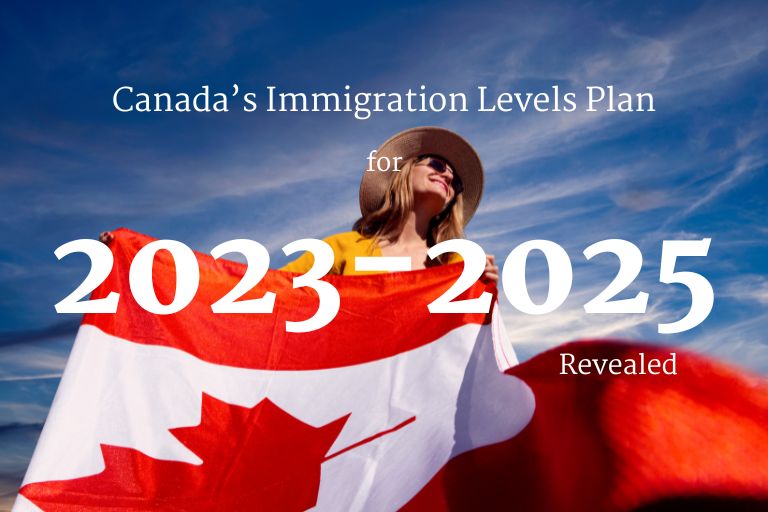The Canadian economy has experienced one of the fastest recoveries from the COVID-19 pandemic among all advanced economies. Canadian businesses are facing critical labor market shortages. But now it seems the new immigration plans will reduce the labor shortages in the country. Immigration, Refugees and Citizenship Canada (IRCC) just released details on the Government of Canada’s Immigration Levels Plan for 2023-2025. Canada aims to welcome 465,000 new permanent residents in 2023, 485,000 in 2024, and 500,000 in 2025.
What the new immigration plan focuses on?
The Immigration Levels Plan acts as a guide for the number of immigrants Canada aims to welcome over the next three years.
The new plan embraces immigration as a strategy to help businesses find workers. Under the new plan, the government aims to attract foreign workers to fill key sectors, such as in health care, skilled trades, manufacturing, and technology.
The 2023-2025 Immigration Levels Plan has a greater focus on economic immigration. Economic immigration will comprise more than 50% of the immigration for 2023, 2024, and 2025.
The majority of new permanent residents immigrate through economic class programs such as those within the Express Entry system or through Provincial Nomination Programs (PNPs).
After economic class programs, family sponsorship is the second largest permanent residence class set out by the Immigration Levels Plan. Under family immigration programs, applicants are sponsored for permanent residence by a spouse, partner, children, or other family members.
The total number of family immigrants will increase yearly until 2025. The targets for the Parents and Grandparents Program will increase to 28,500 in 2023, followed by 34,000 in 2024, and 36,000 in 2025.
There is a target of 82,880 immigrants for the Federal High Skilled category in 2023. The Federal High Skilled category consists of the Federal Skilled Worker Program, Federal Skilled Trades Program, and Canadian Experience Class.
There will also be an increase in immigration for regional programs to address targeted local labor market needs, through the Provincial Nominee Program, the Atlantic Immigration Program, and the Rural and Northern Immigration Pilot.
The target for Federal Business, Economic Pilot programs, Caregivers, and the Atlantic Immigration Program is below 10,000 for 2023 but will increase in number each year throughout the plan.
Refugee and humanitarian immigrants are also allocated under the 2023-2025 immigration plan. Canada has always welcomed asylum seekers and displaced persons fleeing unsafe situations in their home countries. The overall refugee class target will be just over 76,000 in each of 2023 and 2024, before declining to 72,750 in 2025. Similarly, the humanitarian class target will decrease from nearly 16,000 in 2023 to 8,000 in 2025.
Conclusion
With an aging population and an acute shortage of skilled workers, many businesses are struggling to find the right people to fill positions. To help address this problem, Canada has released the Immigration Levels Plan 2023-2025. The government has increased the number of immigrants it will welcome in the next three years, a trend that will continue to increase in the near future.
Considering Immigrating to Canada? Contact Dastur Immigration
Dastur Immigration is exclusively dedicated to helping foreign nationals move to Canada. The knowledgeable immigration consultants at our company have a wealth of experience helping clients prepare applications for Express Entry, Provincial Nomination, and Family Sponsorships. If you are considering immigrating to Canada, do not hesitate to contact us online or by calling us at +1(289) 885 2229.

